By Kevin M. Hymel
The Ninth Air Force began life on August 21, 1941, as the 5th Air Support Command at Bowman Field, Kentucky, and was activated on September 1, 1941. It was redesignated the Ninth Air Force on April 8, 1942, after relocating to the New Orleans Army Air Force Base in January. Previous plans to move the Ninth to China fell through when Japanese forces captured Rangoon and cut the Burma Road, making it impossible to logistically support the Ninth in China, so a new assignment was sought.
In June 1942, victories by the German Afrika Korps in North Africa forced the British Eighth Army to pull back to Egypt, and the beleaguered British requested American support; the Ninth filled the bill perfectly. The first planes to arrive at British bases in Cairo were 23 B-24 Liberator heavy bombers under Colonel Harry A. Halverson, on June 12, 1942; 16 days later, Maj. Gen. Lewis Brereton arrived in Cairo from India with his 9th Bombardment Squadron (Heavy). The Ninth then became known as the “United States Army Middle East Air Force.”
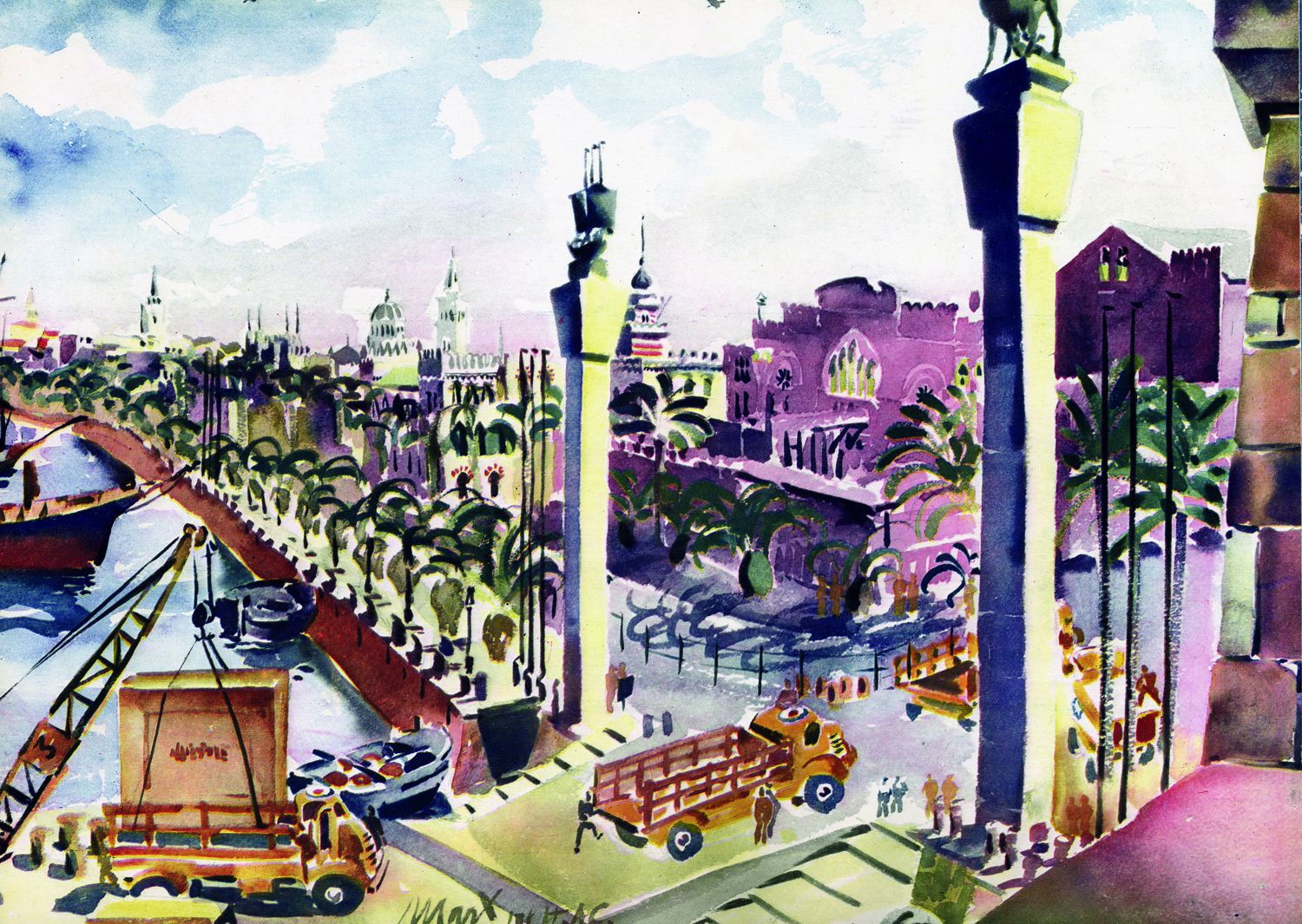
On November 12, 1942, the USameaf was dissolved and replaced by HQ Ninth Air Force. Its main job was to support the British Eighth Army against Field Marshall Erwin Rommel’s Panzer Group Afrika. The Ninth helped chase the Axis west across the desert after the Battle of El Alamein (October 23 to November 5, 1942) and kept the British supplied across the vast wastes where roads were few and railways nonexistent. Brereton’s planes and pilots supported the British Eighth Army’s successful drive across Egypt and Libya, attacking German troop concentrations and installations on the ground and shipping and harbor installations in Libya, Tunisia, Sicily, Italy, Crete, and Greece to cut the enemy’s supply lines to Africa.
By the end of 1942, the Ninth Air Force had a total of 370 aircraft. While most were obsolescent P-40s of the 57th, 79th, and 324th Fighter Groups, the rest were B-24s of the 98th Bombardment Group, 376th Bombardment Group, some RAF units, and the original Halverson Detachment, as well as B-25s of the 12th and 340th Bombardment Groups, plus more than 50 twin-engine transports of the 316th Troop Carrier Group.
In February 1943, the Germans went back on the offensive and mauled American forces at Kasserine Pass before being decimated with the help of both Ninth and Twelfth Air Force units. The British and Americans then pushed the enemy back into northeast Tunisia around Bizerte and Tunis. When the Luftwaffe tried to evacuate troops out of North Africa to Italy, the Ninth’s fighter planes tore through the transports, claiming 74 enemy planes shot down over Cape Bon on April 18, 1943. This became known as the “Palm Sunday Massacre.” Axis forces in North Africa were forced to surrender in May.
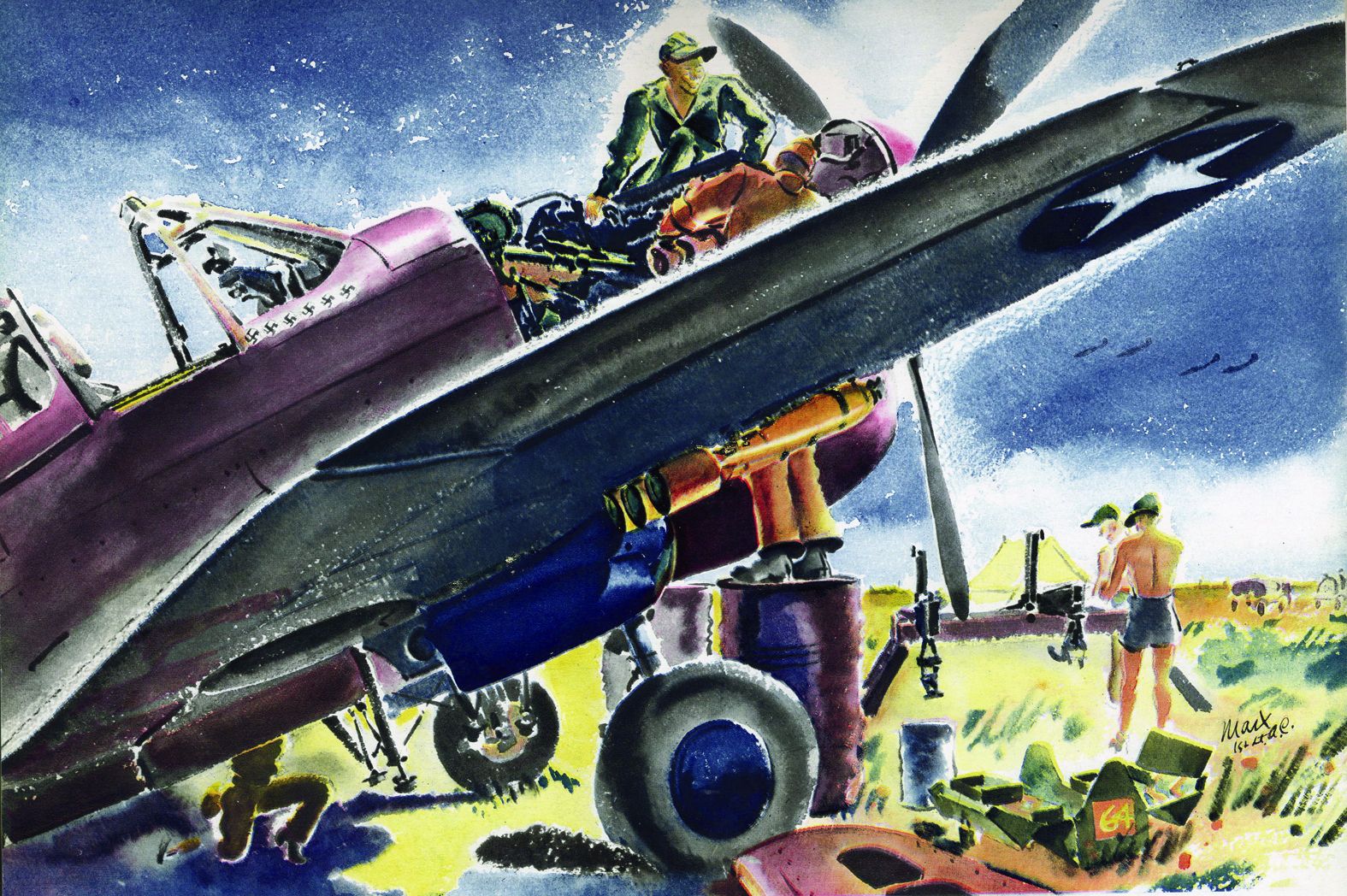
In addition to racking up an impressive record during its time in North Africa, the Ninth also took part in supporting the July 1943 invasion of Sicily (Operation Husky), carried paratroopers (some of whom were shot down by friendly fire from U.S. Navy ships), and later flew in reinforcements for ground forces. Brereton’s bombers then participated in the long-distance raid on the Ploesti oil refineries in Romania on August 1, 1943.
Once the Mediterranean was in Allied hands, the Ninth received a new mission: support the Allied invasion of France. Marshaling at Suez, some planes flew to England while most of the planes most went by sea. The move was completed by mid-October 1943, and the Ninth took seven months to build into one of the largest air forces in the world, ready to pound the enemy into submission and help liberate a continent.
The art accompanying this article, painted by Lieutenant Milton Marx of the Ninth’s Executive Liaison Section, shows the daily life of the Ninth’s pilots and air crews as they survived the desert to keep the British and Americans on the attack and rain havoc on the Germans and Italians.
Kevin M. Hymel is the research director for WWII History and Military Heritage magazines and is the author of Patton’s Photographs: War as He Saw It (Potomac Books, Inc., 2006). He has been a battlefield tour guide for Stephen Ambrose Historical Tours and leads an annual tour of General Patton’s European battlefields. He lives in Arlington, Virginia.
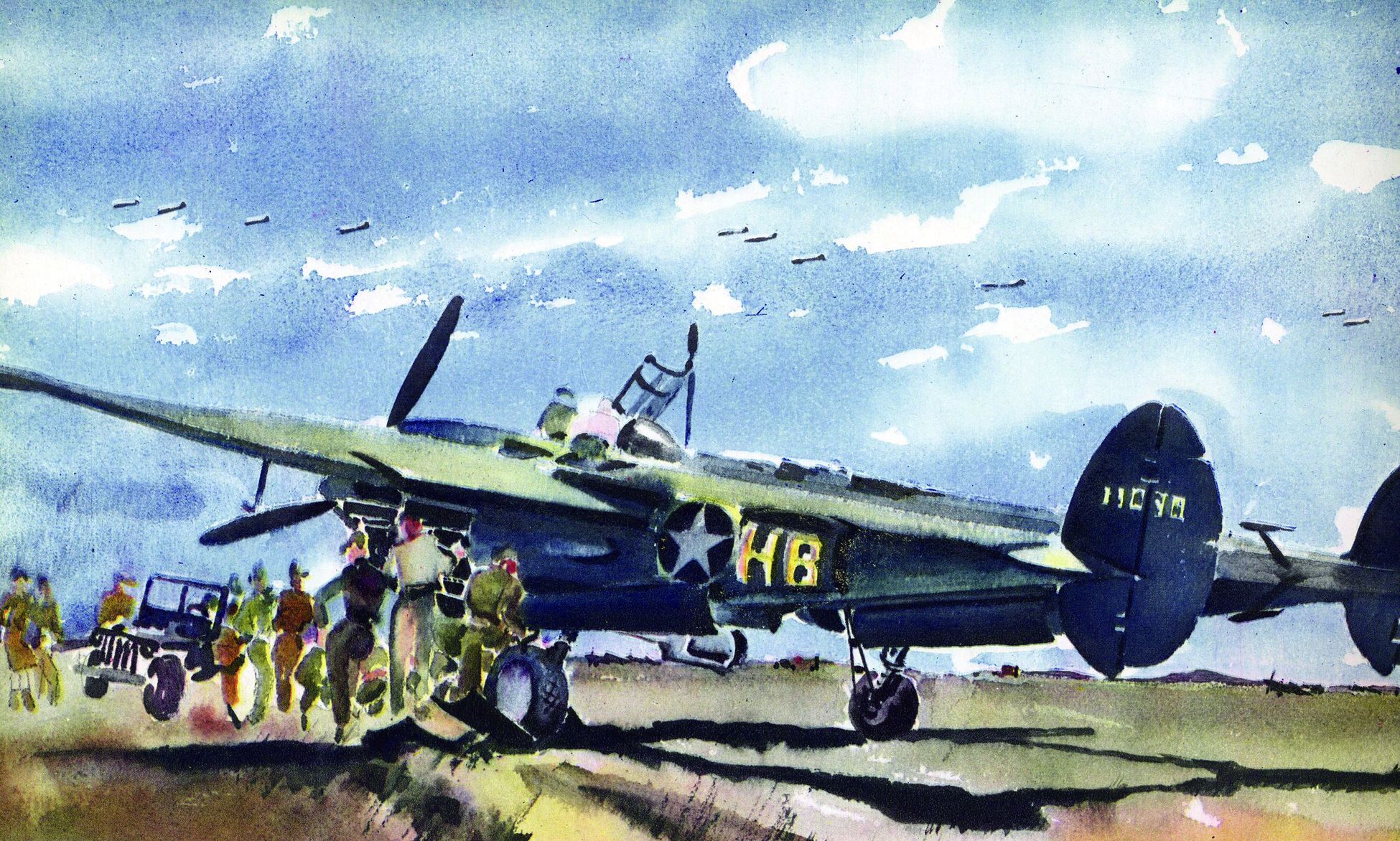
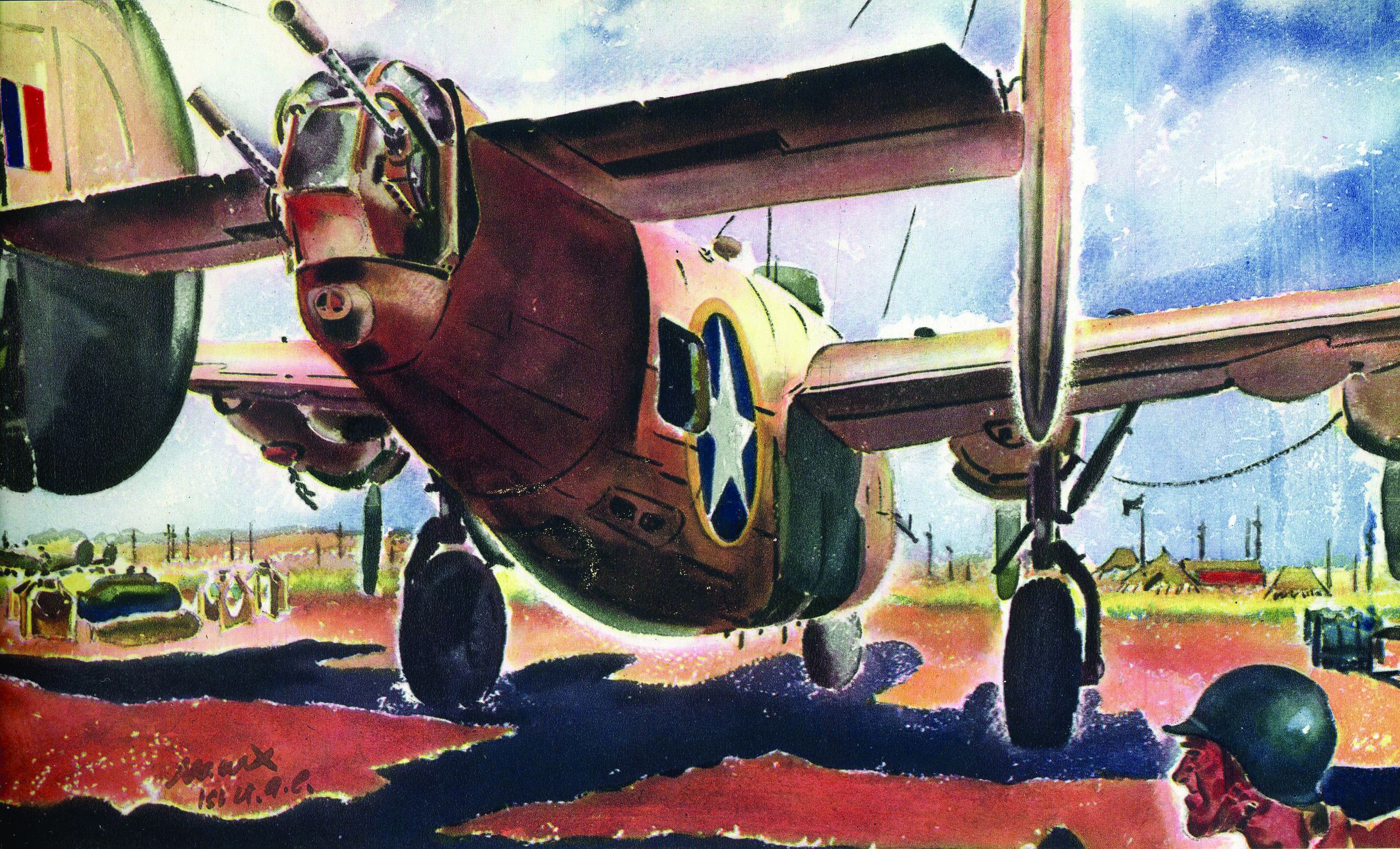
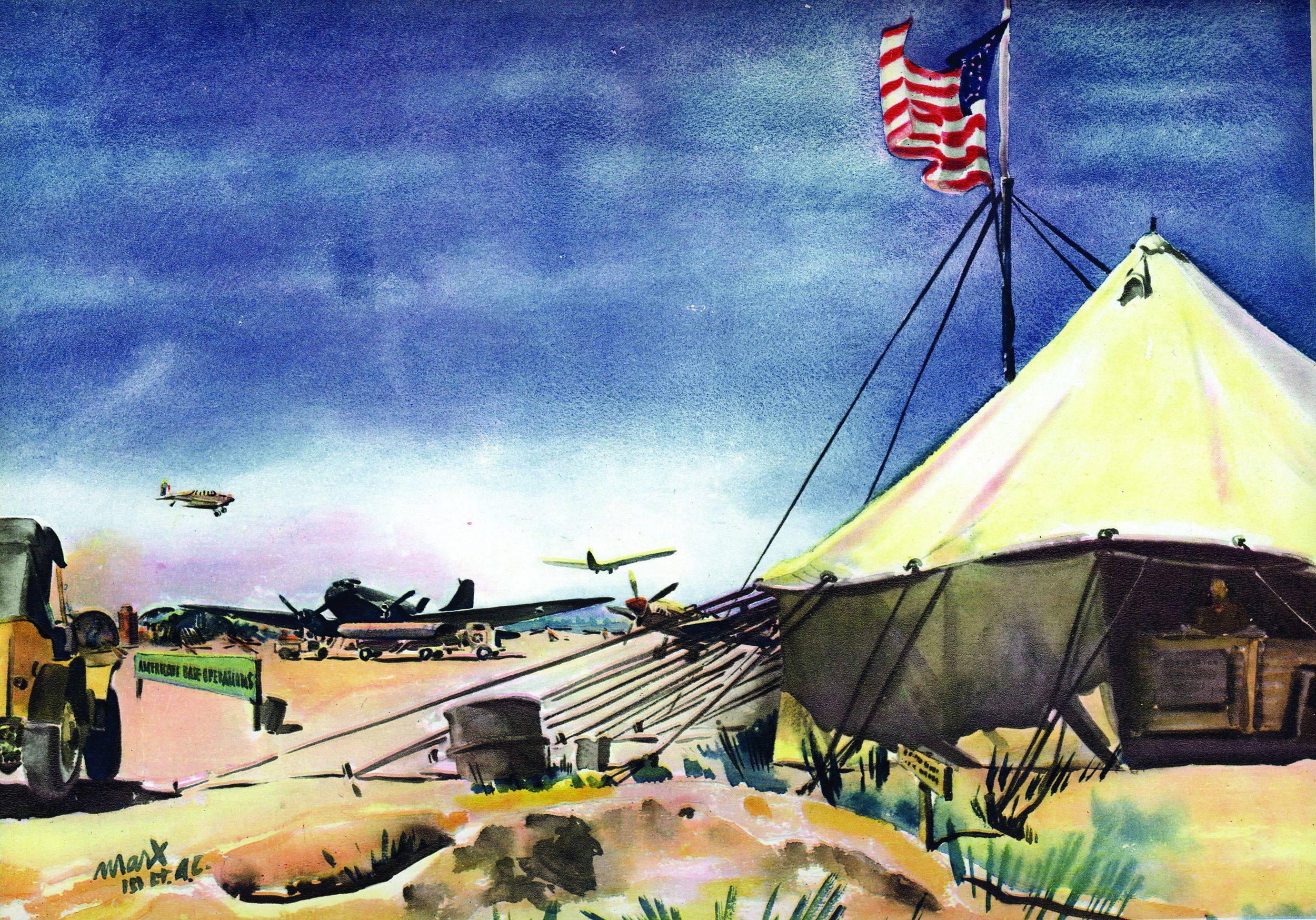
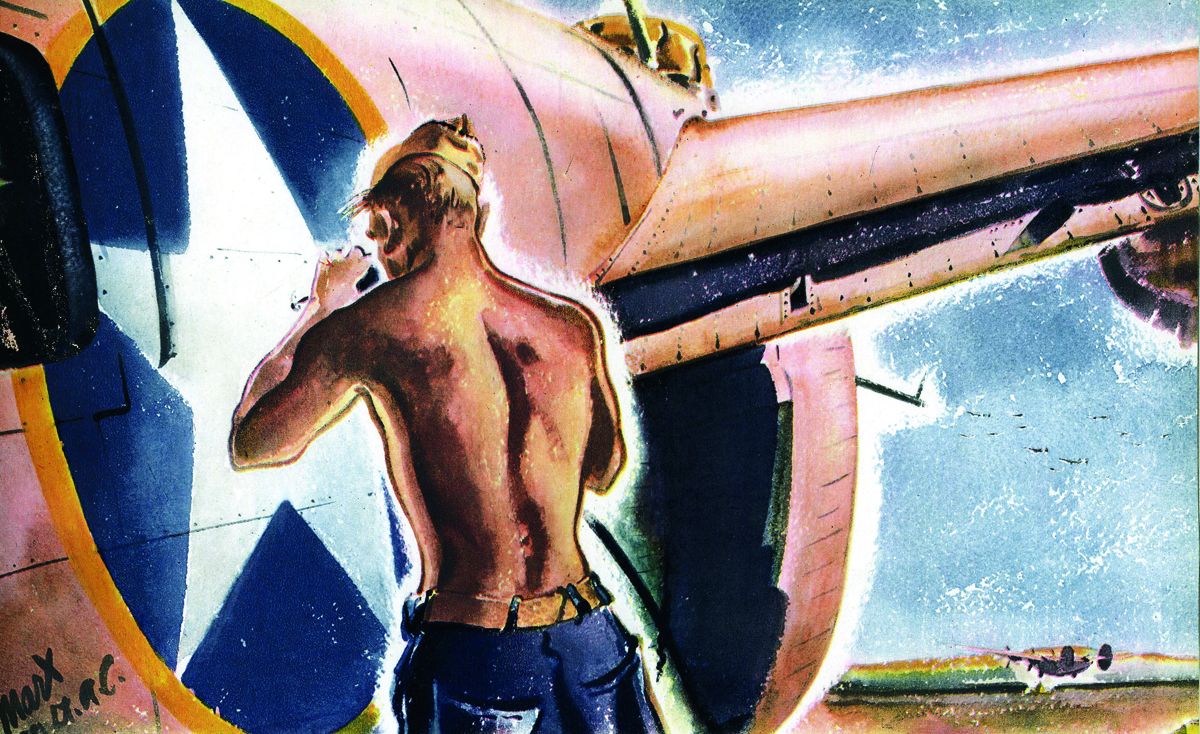
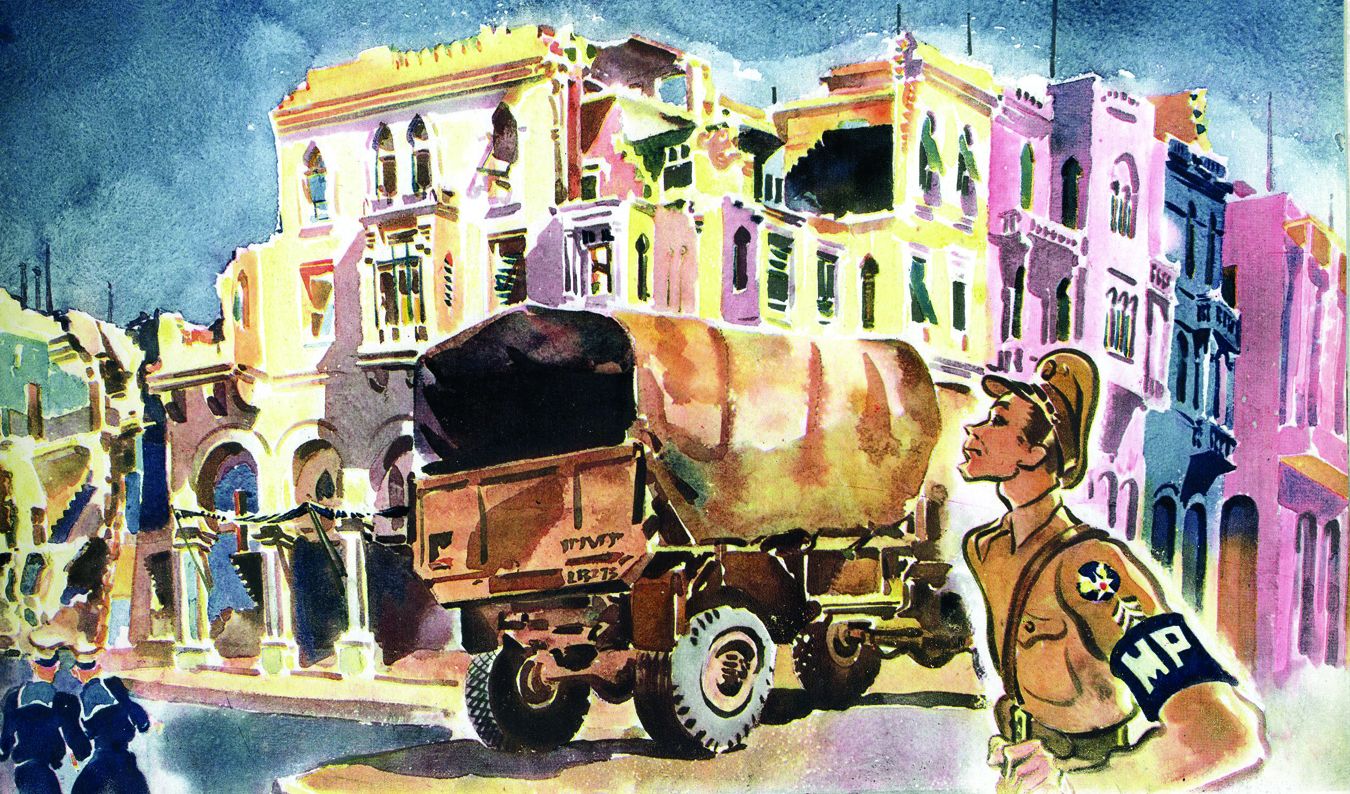
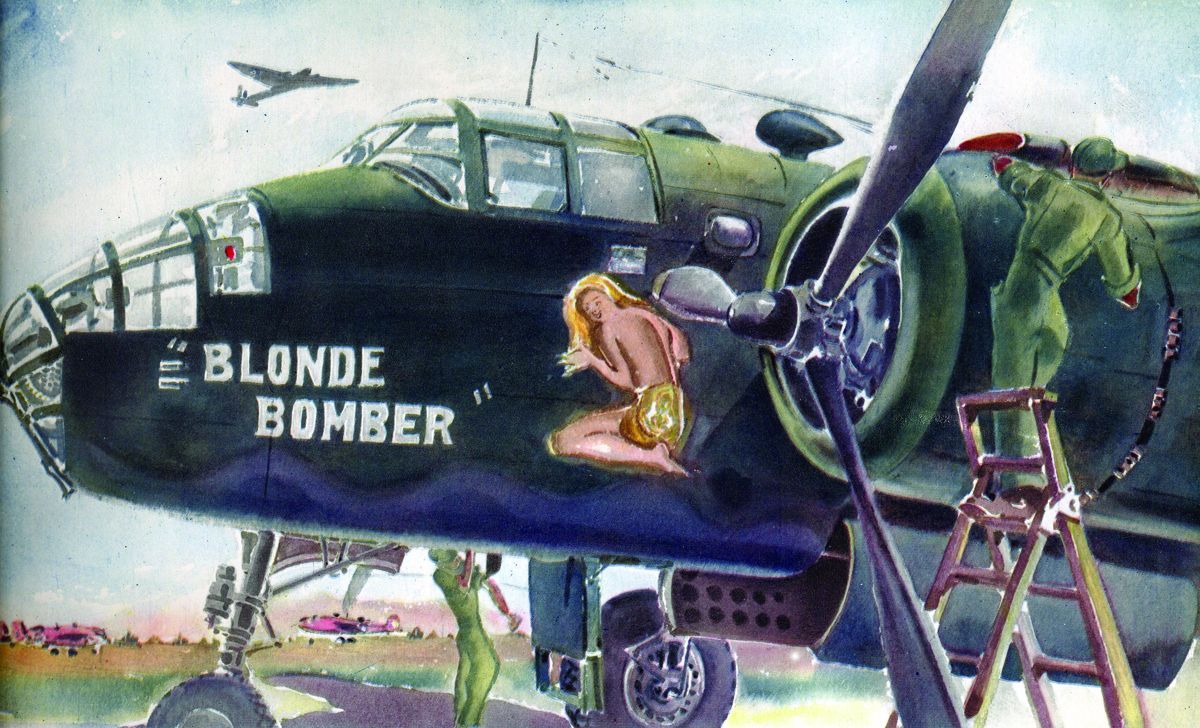
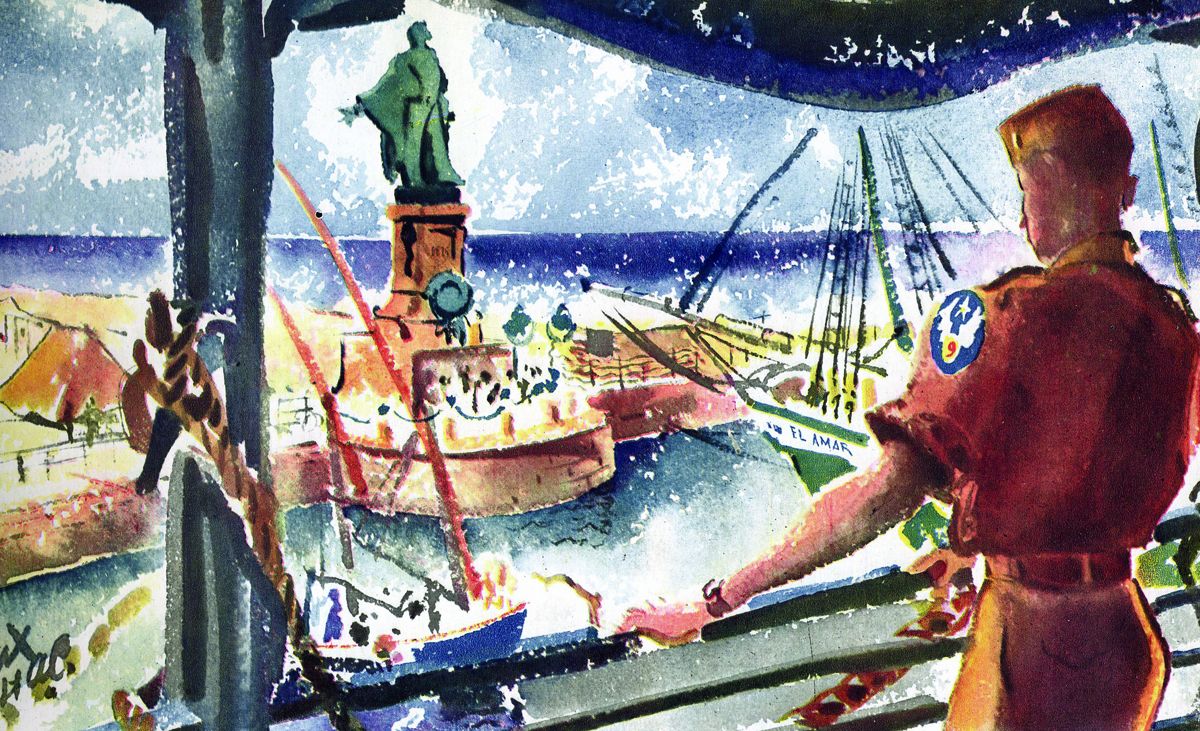
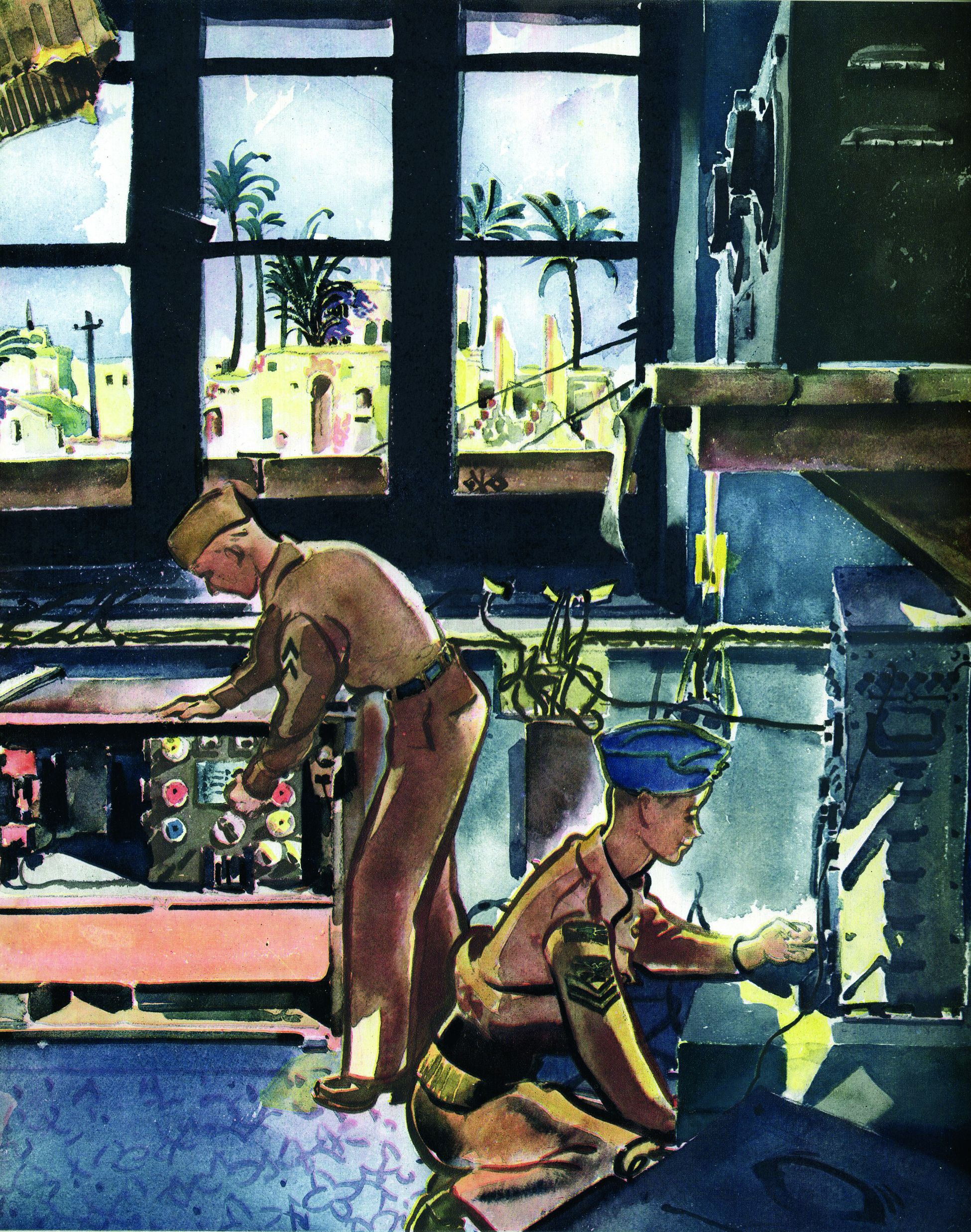
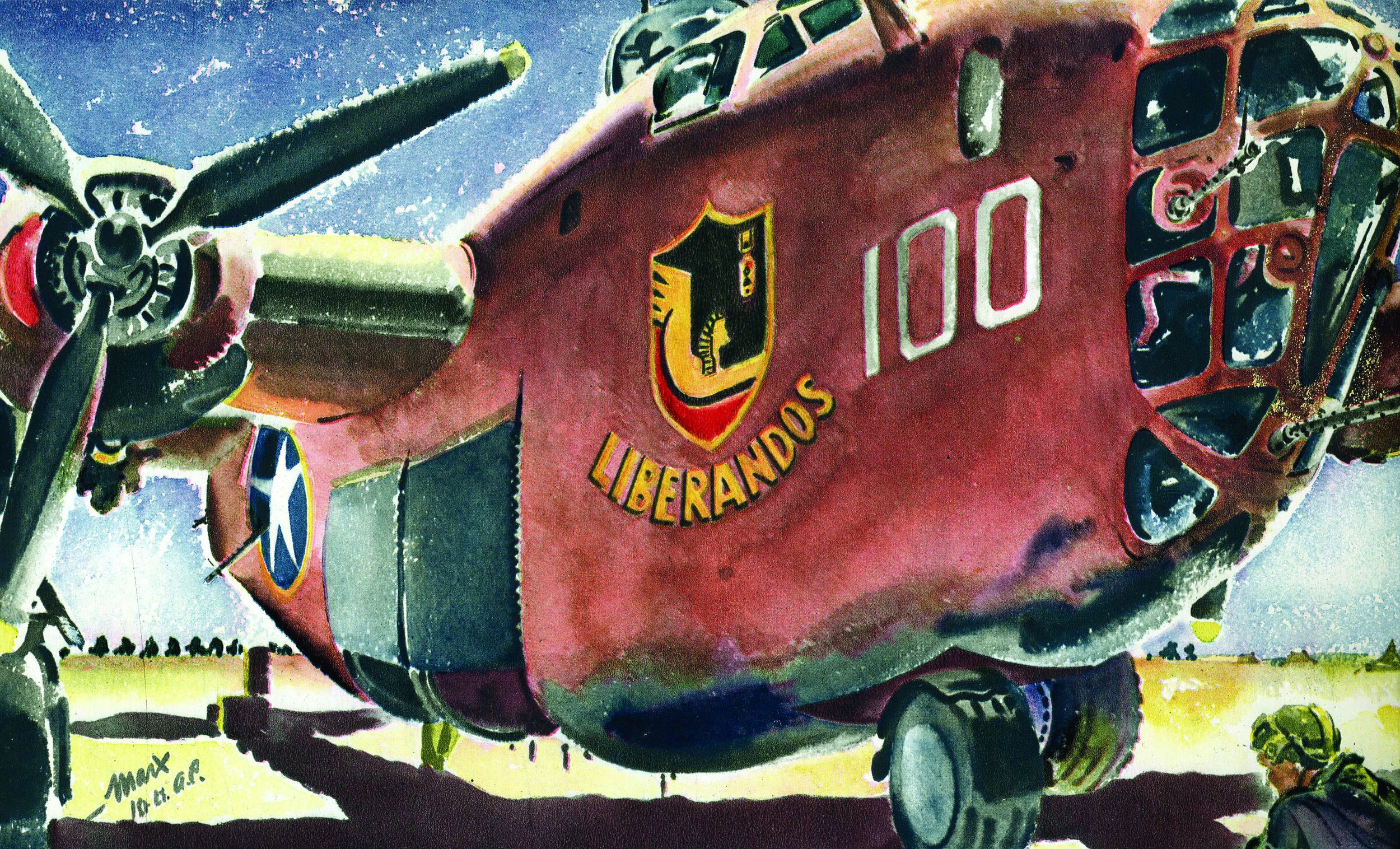

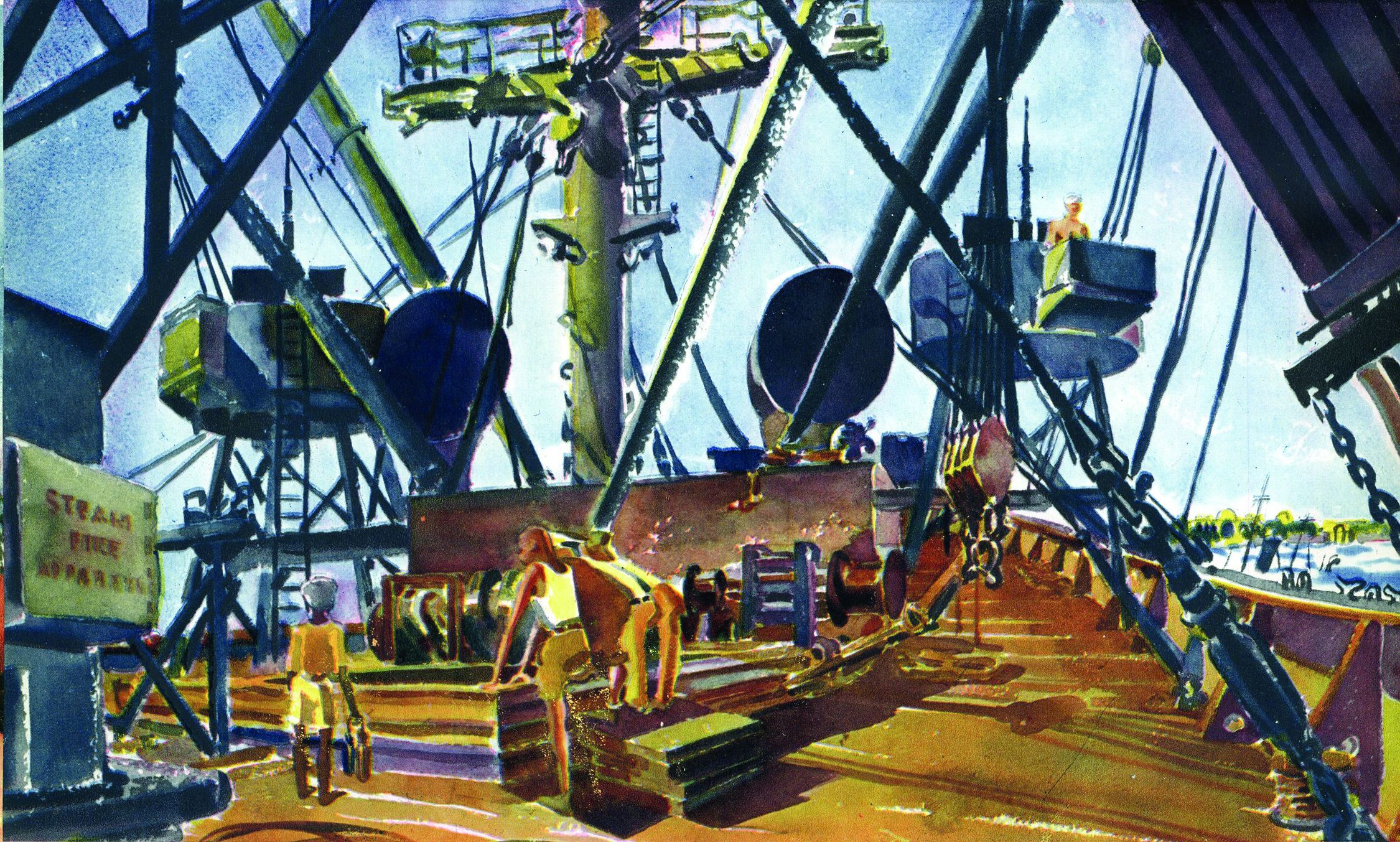
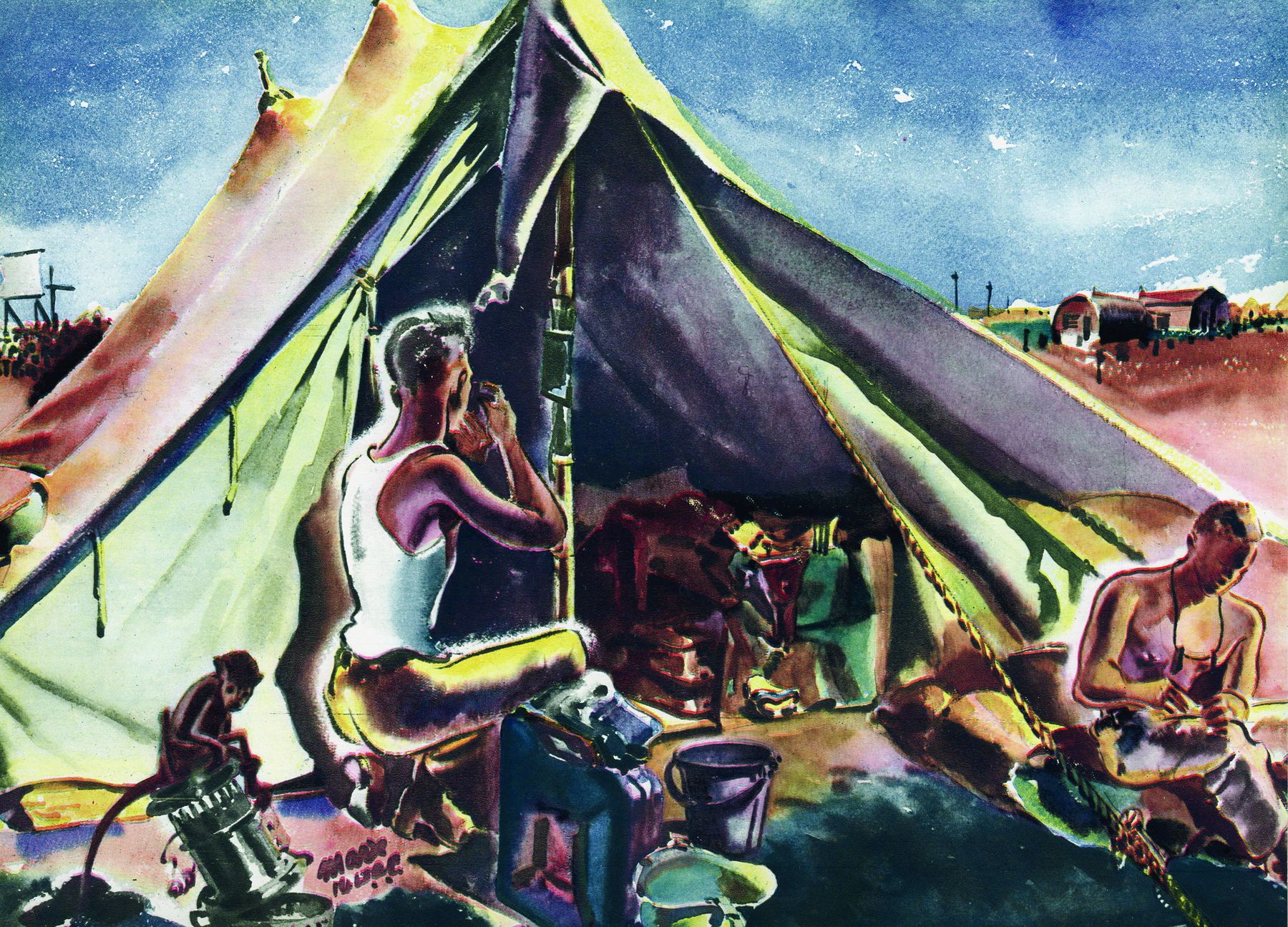
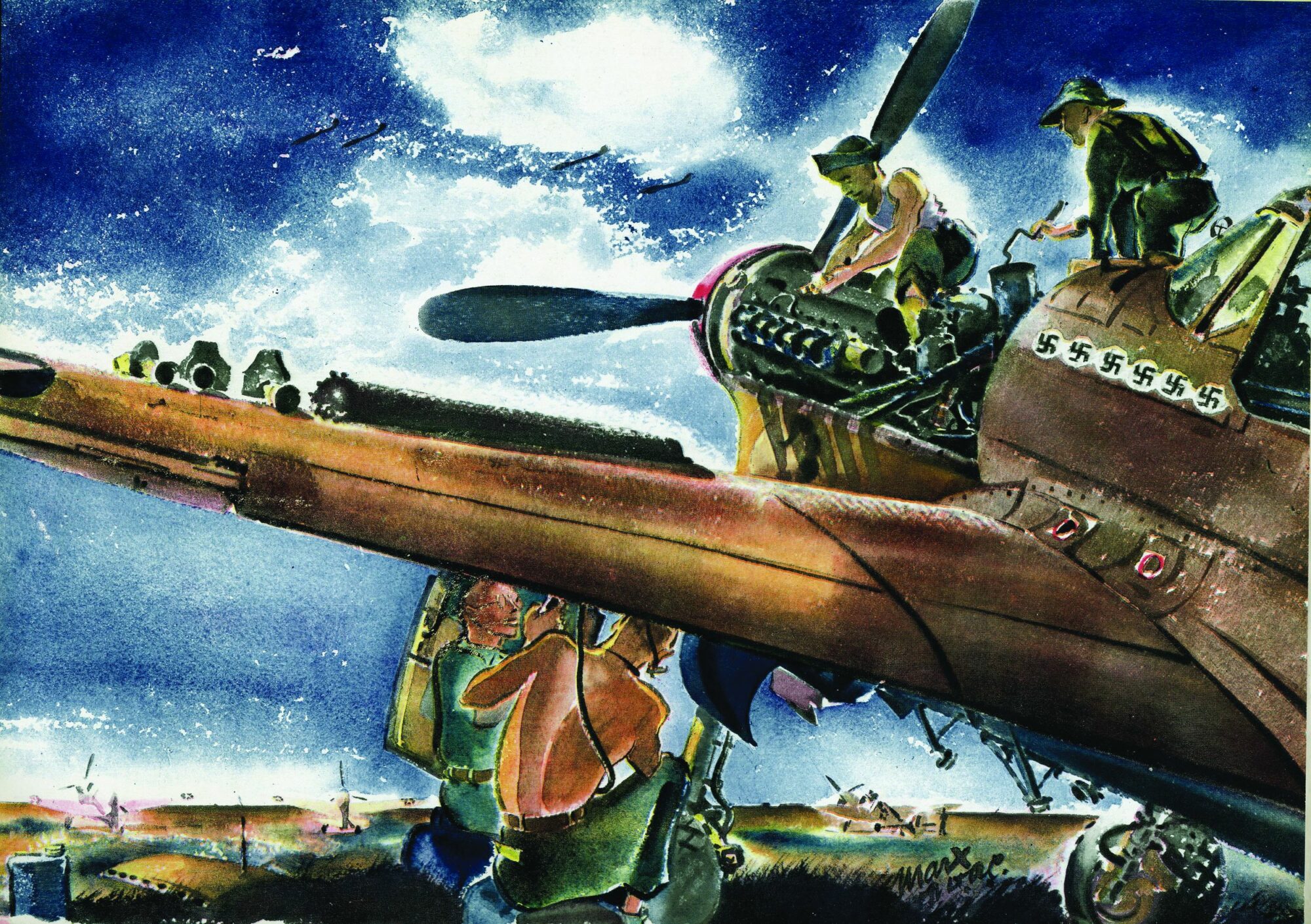
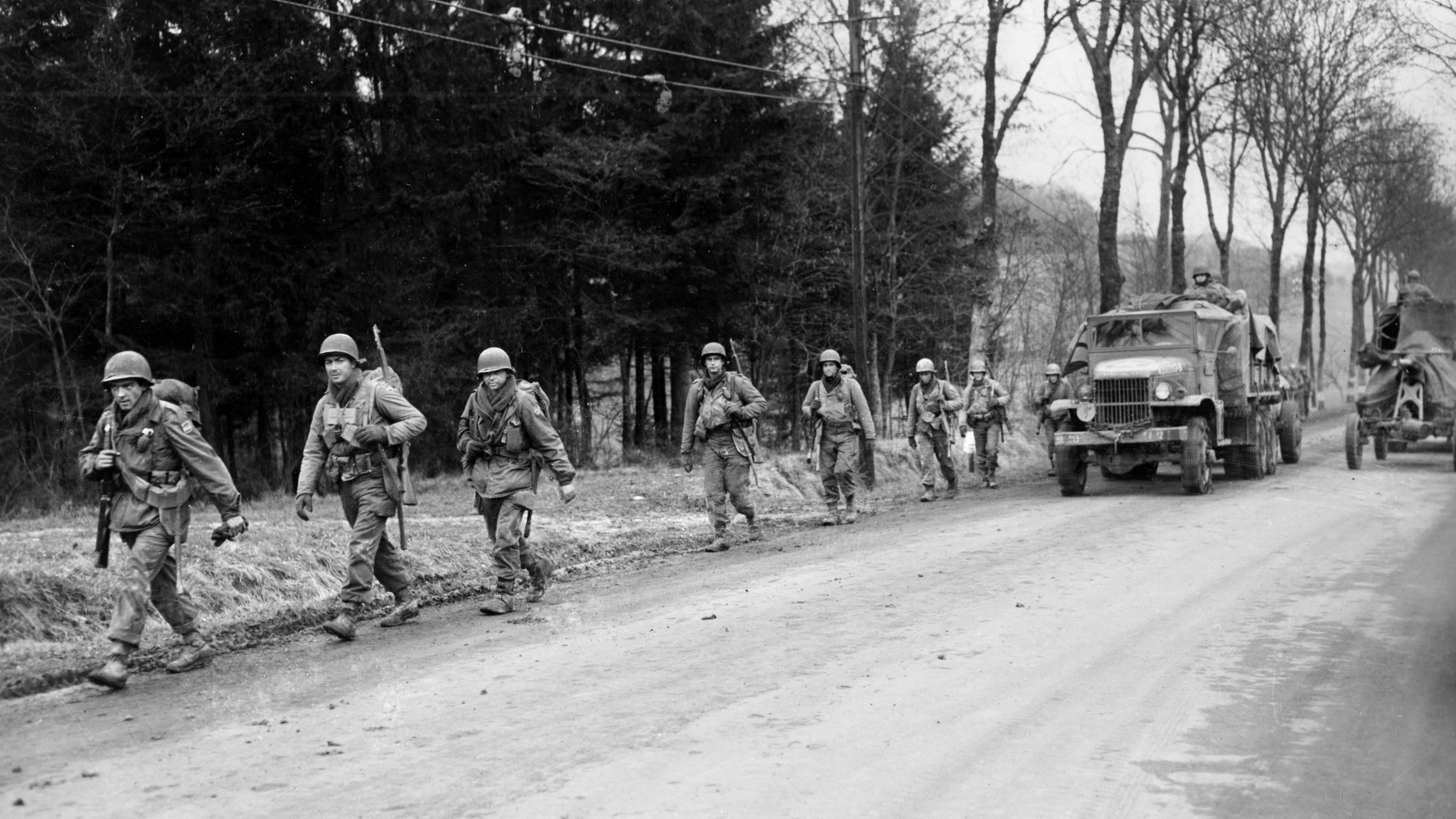
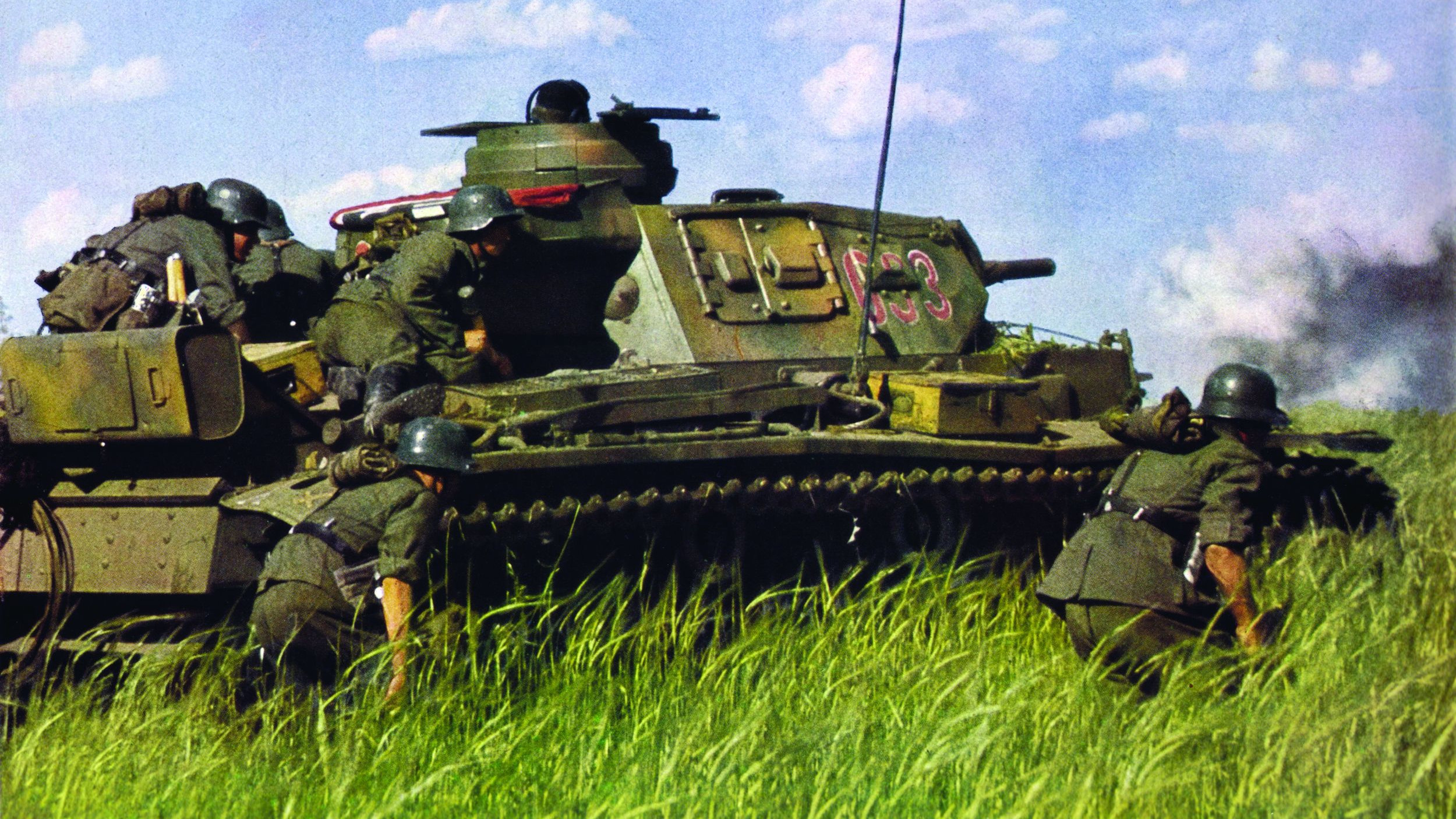
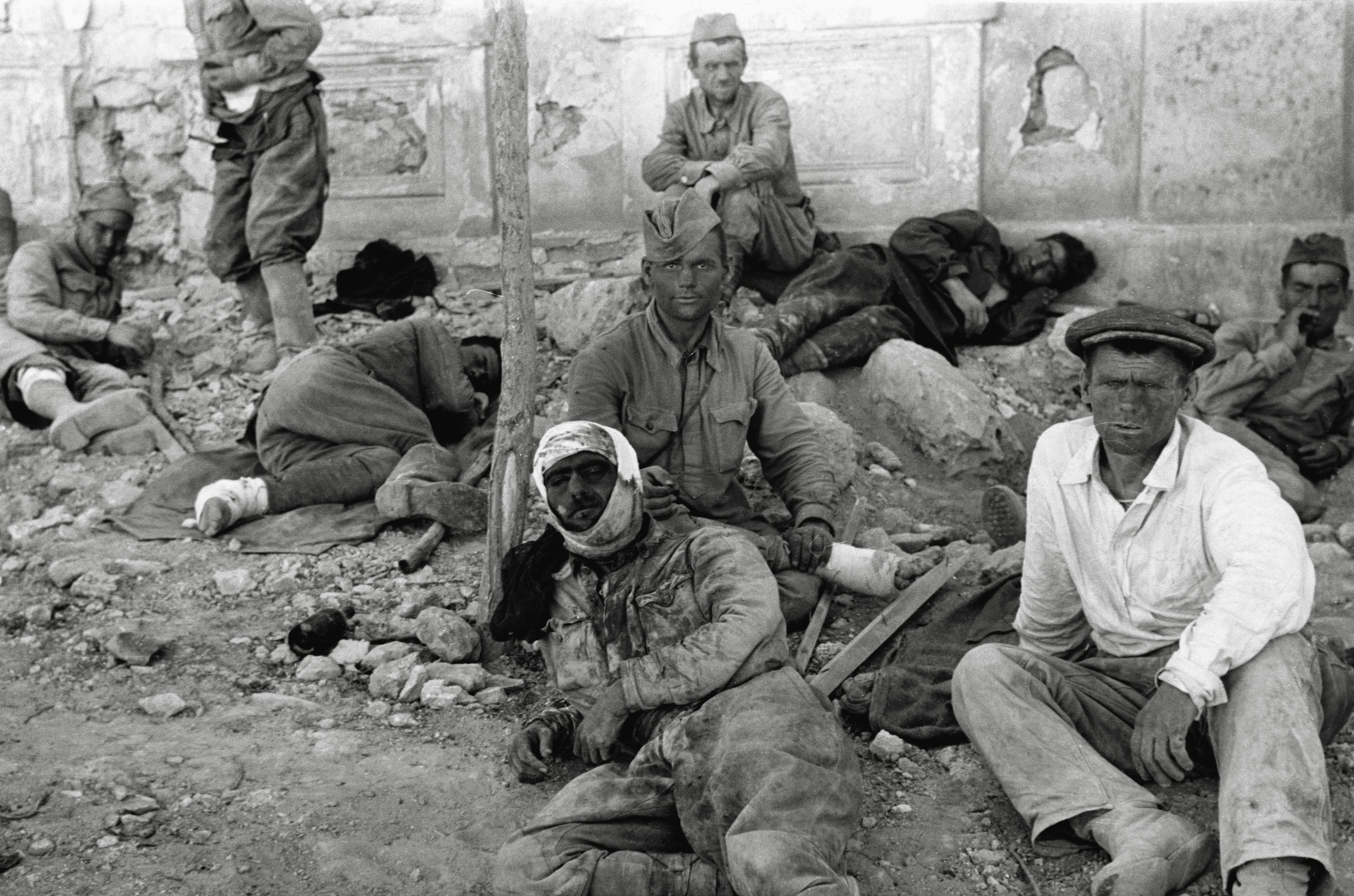
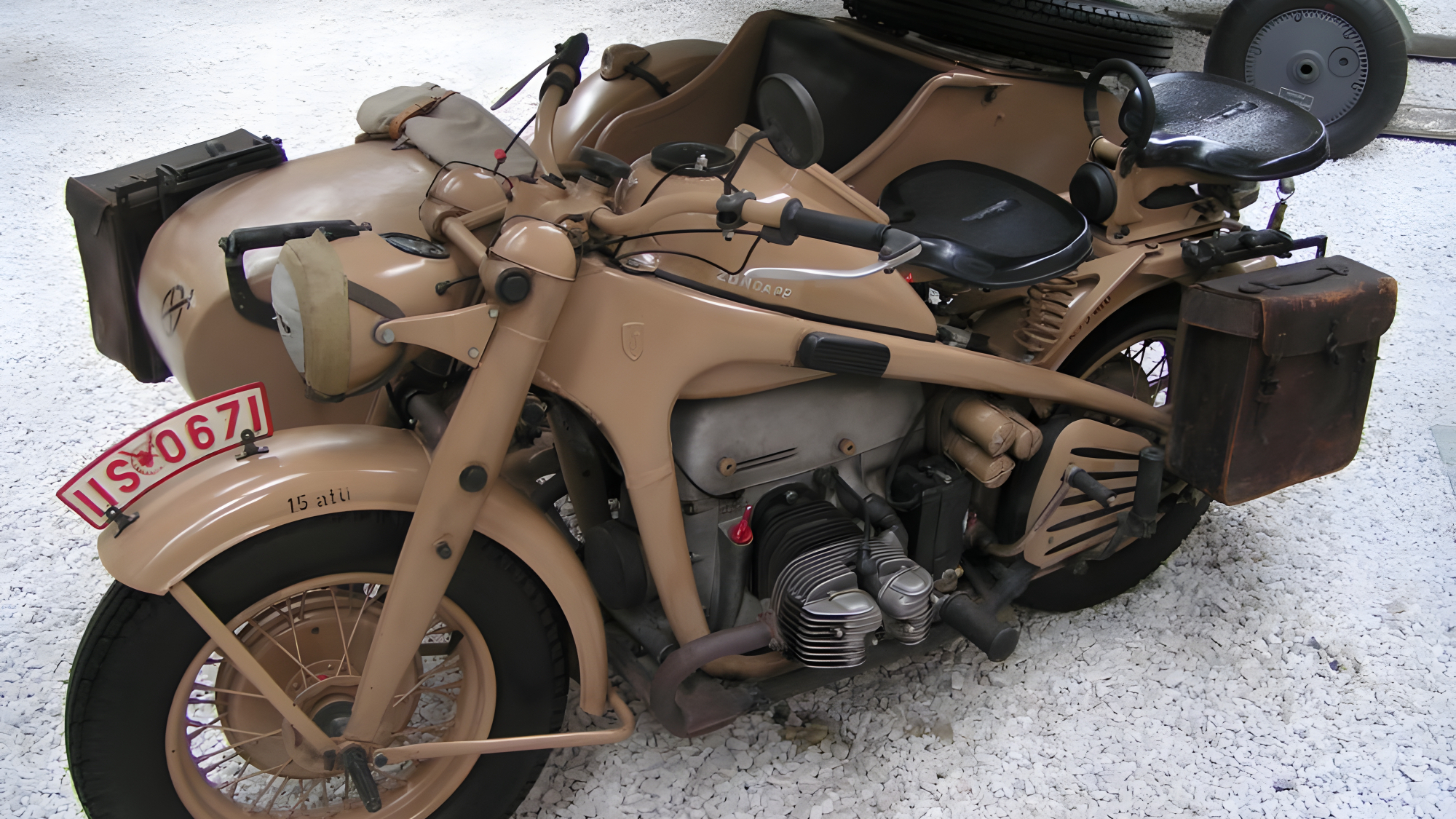
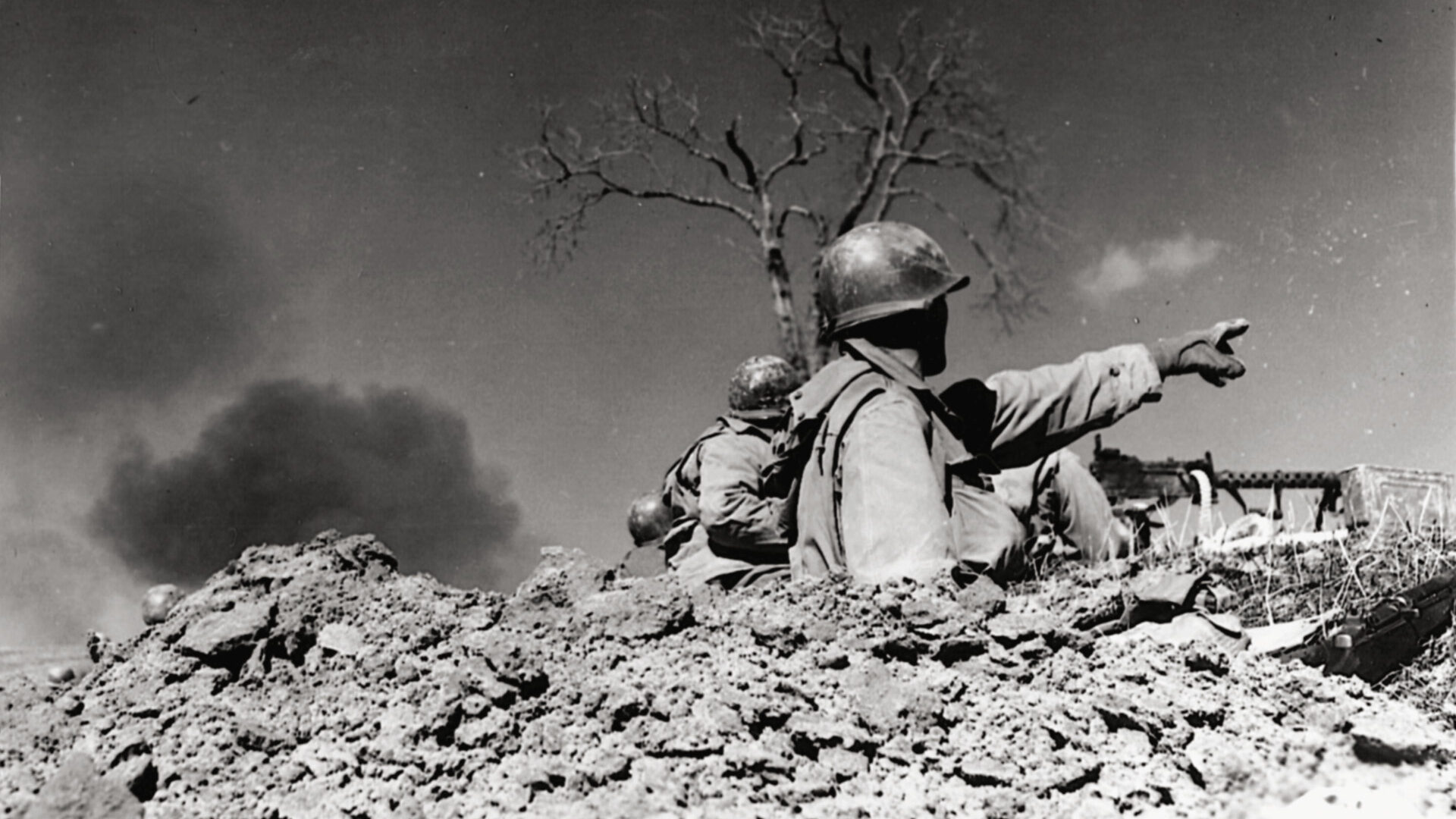
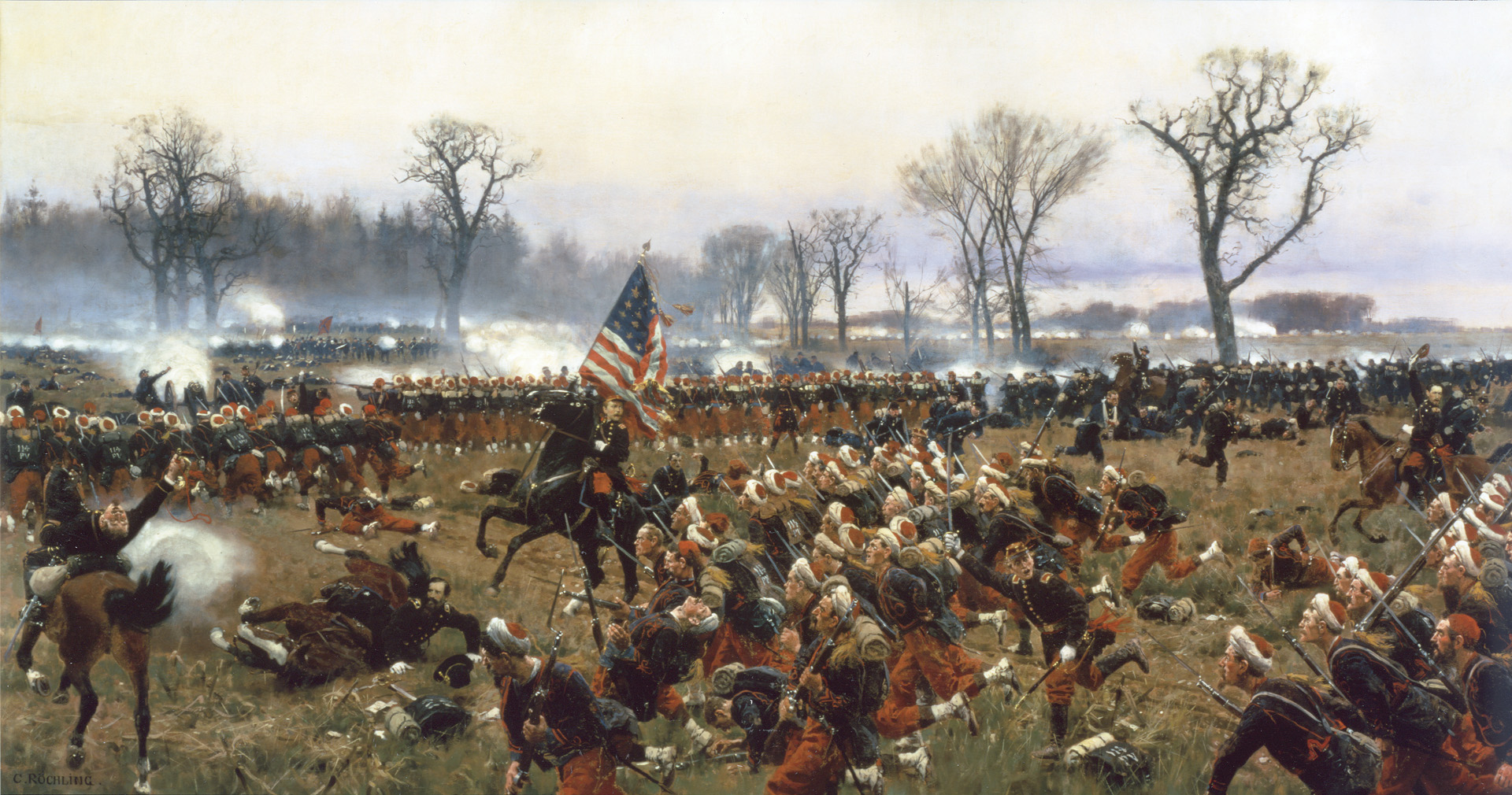
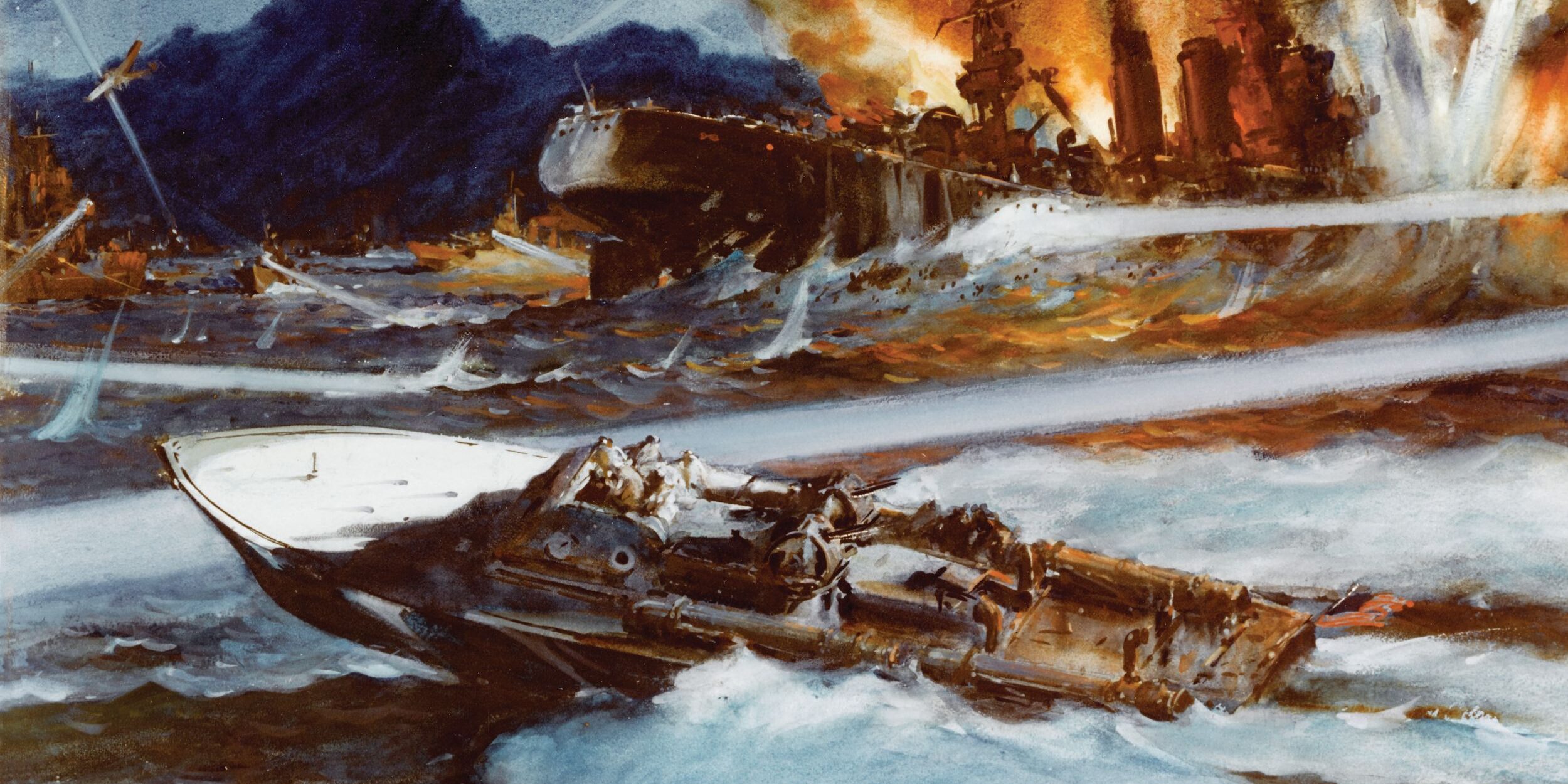
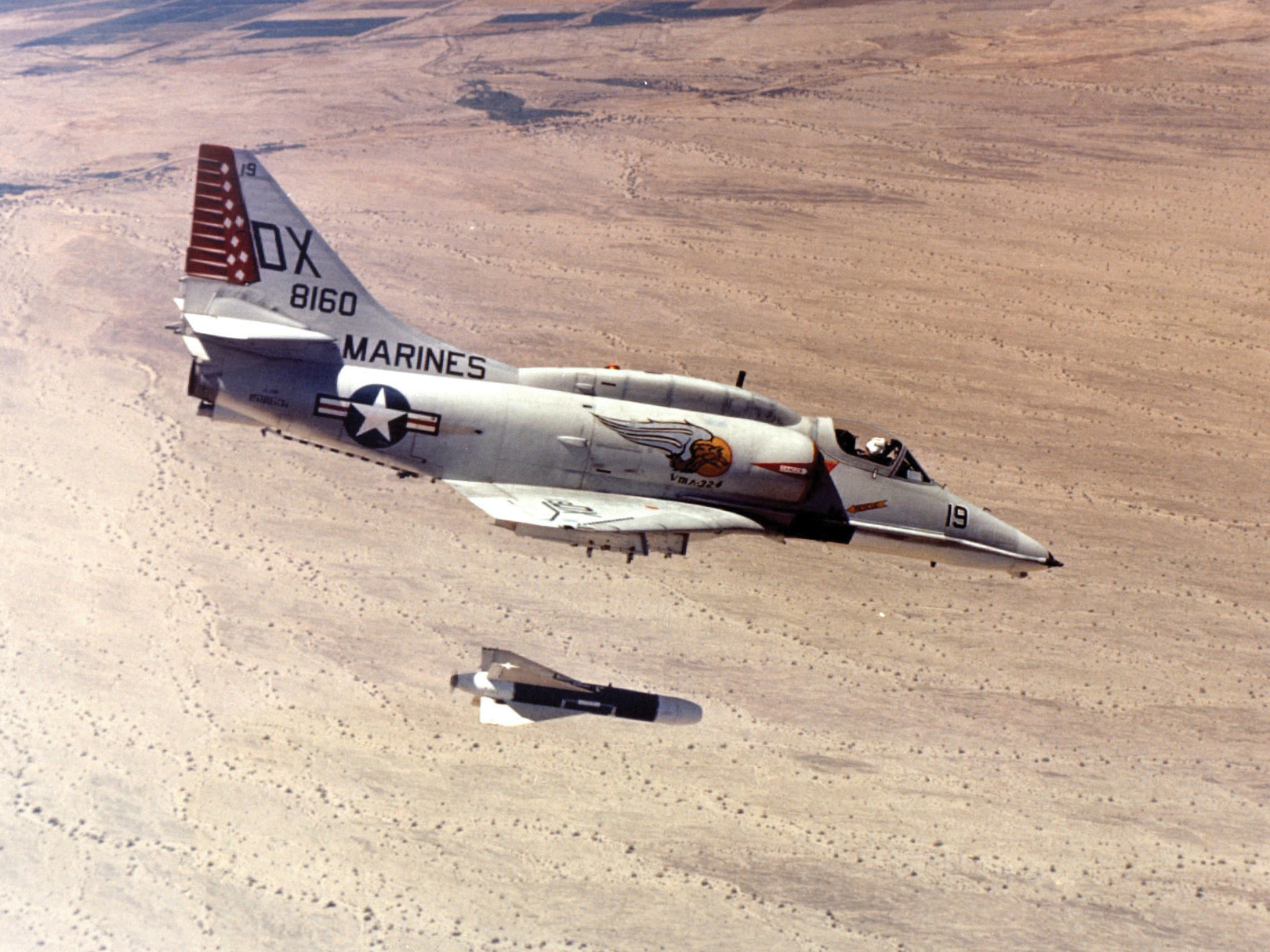
Join The Conversation
Comments
View All Comments